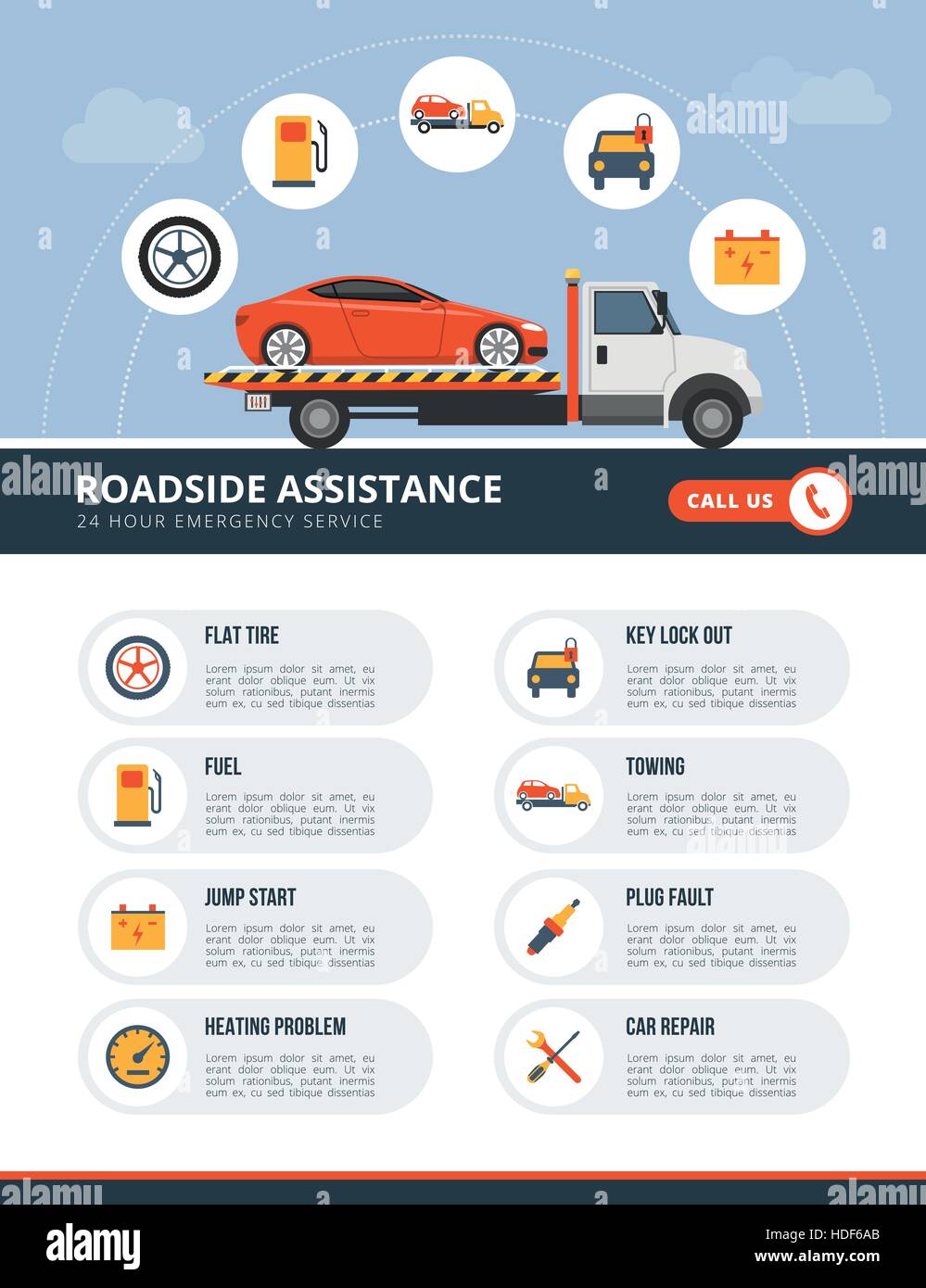Analyzing Your Car'S Alert Lighting: Their Real Implications
Analyzing Your Car'S Alert Lighting: Their Real Implications
Blog Article
Personnel Author-Faulkner Forbes
When you're behind the wheel, those beautiful warning lights on your control panel can be a bit perplexing. Do you recognize what they're trying to inform you concerning your cars and truck's wellness? Understanding the significance of these lights is crucial for your safety and the long life of your automobile. So, the next time among those lights pops up, wouldn't you want to analyze its message precisely and take the needed steps to address it?
Common Warning Lights and Interpretations
Determine common caution lights in your auto and comprehend their definitions to make sure risk-free driving.
One of the most typical caution lights consist of the check engine light, which signals issues with the engine or discharges system. If this light begins, it's vital to have your automobile examined immediately.
The oil pressure alerting light indicates low oil pressure, needing instant focus to avoid engine damages.
A blinking battery light could suggest a damaged charging system, possibly leaving you stranded otherwise attended to.
The tire pressure surveillance system (TPMS) light informs you to low tire pressure, impacting vehicle security and gas effectiveness. Disregarding this could cause hazardous driving problems.
The abdominal muscle light suggests an issue with the anti-lock stopping system, compromising your capability to stop rapidly in emergencies.
Finally, the coolant temperature level cautioning light warns of engine overheating, which can lead to serious damages if not settled quickly.
Understanding these typical warning lights will certainly aid you attend to problems immediately and preserve risk-free driving conditions.
Importance of Prompt Interest
Comprehending the common warning lights in your vehicle is only the initial step; the relevance of without delay resolving these warnings can not be stressed sufficient to ensure your safety and security on the road.
When a caution light brightens on your control panel, it's your vehicle's method of interacting a prospective issue that needs interest. Disregarding these cautions can cause extra severe troubles later on, endangering your safety and possibly costing you much more out of commission.
Motivate focus to cautioning lights can protect against breakdowns and mishaps. For instance, a blinking check engine light can suggest a misfire that, if left neglected, might create damages to the catalytic converter. Resolving this promptly can conserve you from a costly repair work.
Similarly, a brake system alerting light could signal low brake liquid or used brake pads, critical components for your safety when driving.
DIY Troubleshooting Tips
If you see a warning light on your dashboard, there are a couple of do it yourself troubleshooting tips you can attempt before seeking professional aid.
The very first step is to consult your vehicle's handbook to recognize what the certain caution light suggests. Sometimes the concern can be as basic as a loosened gas cap causing the check engine light. Tightening up the gas cap might settle the trouble.
Another typical issue is a reduced battery, which can trigger different cautioning lights. Inspecting https://carbrakes62849.azzablog.com/30072285/the-evolution-of-automobile-detailing-insights-into-the-next-5-years for corrosion and ensuring they're protected may deal with the trouble.
If a caution light lingers, you can try resetting it by separating the auto's battery for a couple of minutes and then reconnecting it. In addition, examining your car's liquid degrees, such as oil, coolant, and brake liquid, can aid fix alerting lights related to these systems.
https://www.wowt.com/2022/03/07/nebraska-mechanic-gives-tips-saving-gas-prices-increase/ , comprehending your cars and truck's warning lights is important for keeping your automobile running efficiently and safely. By quickly dealing with these notifies and knowing what they suggest, you can stay clear of expensive repair services and potential breakdowns.
Remember to consult your cars and truck's handbook for certain information on each alerting light and take action as necessary to ensure a hassle-free driving experience.
Stay notified, stay safe when driving!
